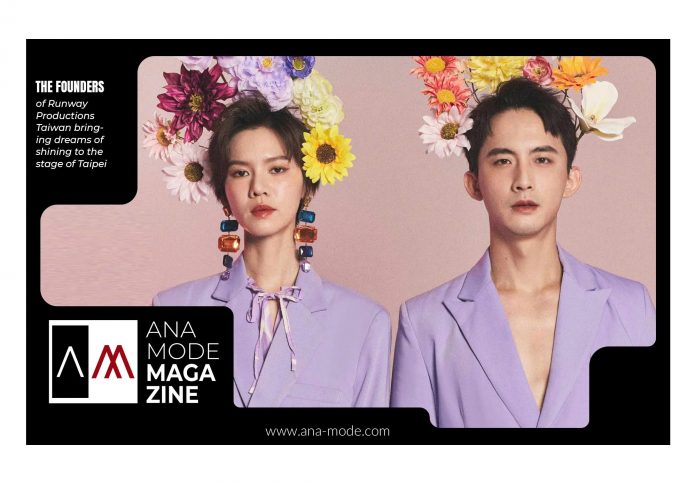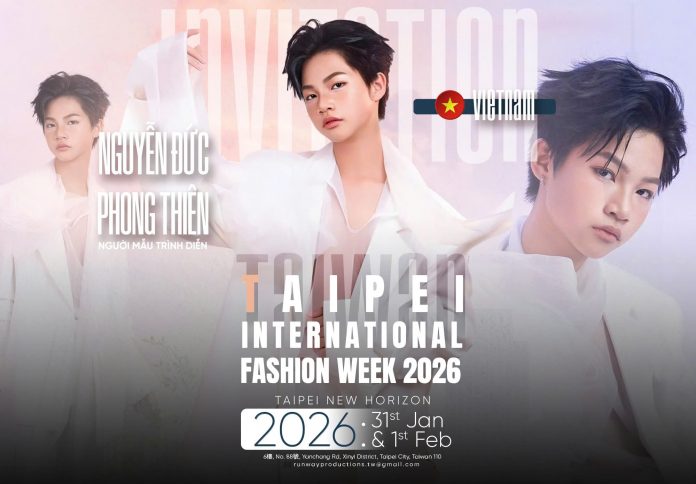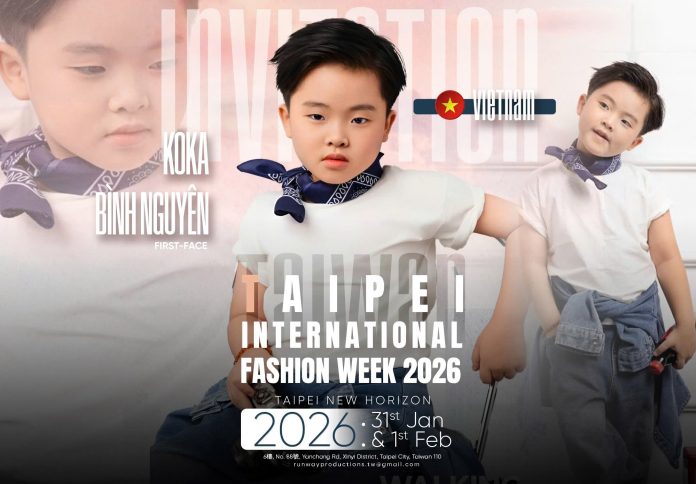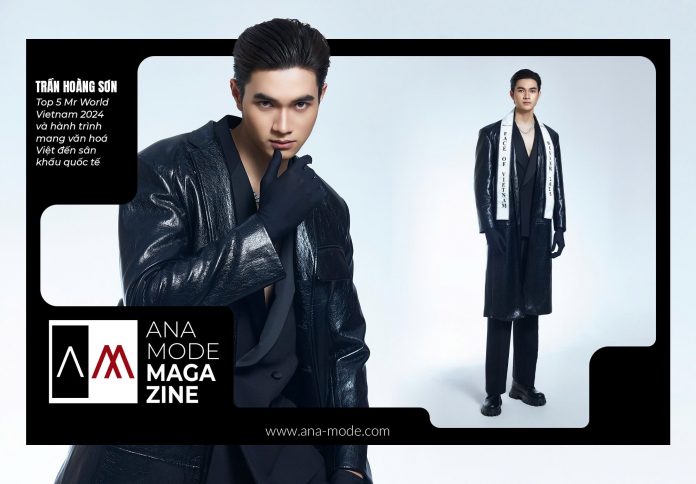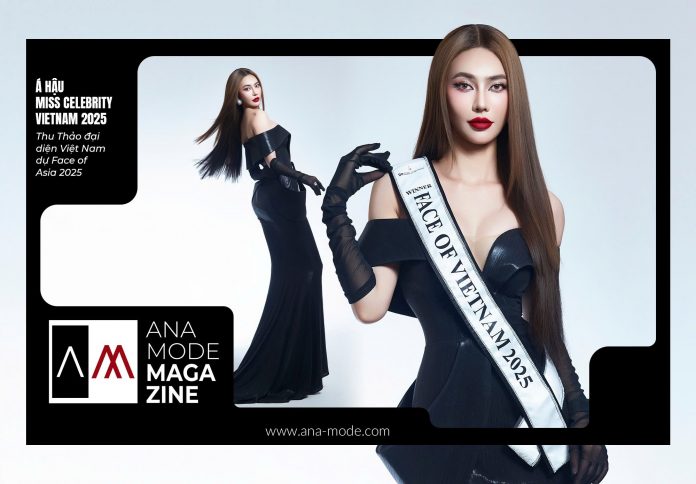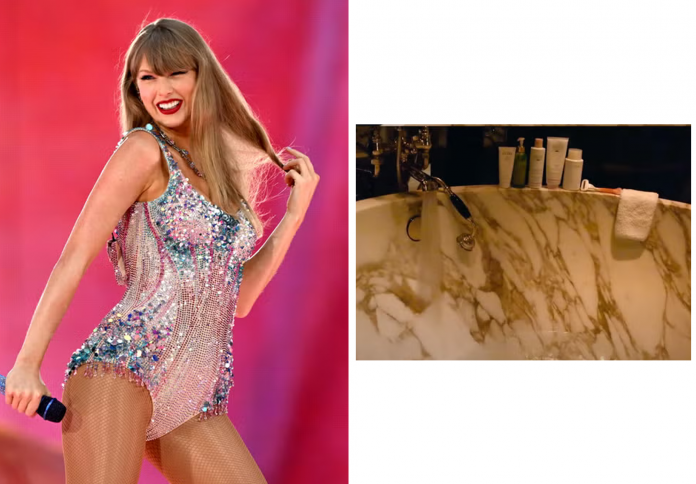Attending a runway show is an experience that transcends mere viewing; it’s a privileged immersion into a designer’s complete vision—from the meticulously chosen set to the rhythmic soundtrack. Yet, the true magic of high fashion often evades the camera lens, residing in the fleeting, intimate details that only movement and proximity can reveal. Static photography and even video streams frequently fail to capture the craft, missing elements like the sensual sway of Ferragamo’s fringe or the calculated dip in fabric at Versace that offers a glimpse of branded innerwear. From the subtle, logo-embossed pouches at Prada—inspired by Mrs. Prada’s own personal style—to the lavish, velvet platform flip-flops paired with dramatic toe rings at Balenciaga, the Spring 2026 collections prove that a collection’s success is often written in its smallest, most exquisite annotations. We delve deeper into the collections to highlight the most pivotal, yet easily overlooked, stylistic signatures of the season, ensuring you grasp the full scope of design genius.
The Subtle Power of Branding and Innerwear
The Spring 2026 runways redefined how logos and even undergarments play a role in high fashion, transforming them from hidden necessities into deliberate stylistic statements. This shift moves beyond mere practicality, injecting a layer of playful subversion and confident sensuality into the looks.

At Versace, Dario Vitale’s ’80s-inspired debut, heavily influenced by founder Gianni, offered a masterful lesson in controlled revelation. Louchely draped silk dresses, seemingly demure from the front, featured dramatic, low-dipping backs. This purposeful cut was executed with surgical precision, serving a single function: to just barely unveil the Versace-branded waistband of a pair of underwear. The detail was a bold, cheeky nod to the power of suggestion and the house’s heritage of unapologetic glamour. Furthermore, the styling touch of no-show socks intentionally peeking out of pumps reinforced this theme of exposing the normally hidden. This was less about functionality and more about making an aesthetic statement through layers.
Redefining the Accessory: From Pouch to Statement
Accessories this season were anything but secondary; they served as both functional elements and major points of stylistic intrigue, often challenging traditional notions of scale and purpose. Designers elevated simple items into iconic, zoom-worthy pieces that demanded attention.

Prada took an unusual source of inspiration: Mrs. Prada’s own habit of carrying small pouches. The brand expanded this idea into its collection, showcasing similarly gathered satin bags, subtly emblazoned with the Prada logo. These weren’t ostentatious handbags but quiet, personal additions—often carried close to the body, making them easy to miss by distant photographers. Meanwhile, Louis Vuitton incorporated functionality directly into the silhouette with its unique Pouch Scarves. Worn around the neck or cinched at the waist, these scarves featured a distinct LV-monogrammed pouch, offering a stylish, hands-free solution to carrying small essentials and cementing the idea of accessories as integrated utility.
Innovation in Fabric and Embellishment
The artistry of the ateliers was most evident in the fabrication choices and intricate embellishments that demanded a closer look. These details spoke volumes about the houses’ commitment to material innovation and texture.

Jonathan Anderson’s Dior collection showcased the unparalleled resources of its atelier, presenting pieces that were a feast of tactile complexity. One standout look combined a blue shirt with a white-piped tuxedo collar alongside an ivory waistcoat lavishly decorated with floral embellishment. The accompanying pink and green cape was unexpectedly rendered in a sweater-like knit instead of a traditional woven fabric, fastened with a delicate green ribbon. This blend of structured tailoring and soft, unexpected materials highlighted a modern, deconstructed approach to luxury. Similarly, at Gucci, Demna played a trick on the eye with materials that shifted their identity upon inspection. A floral print, notably worn by model Achol Kuir and Demi Moore, appeared to be printed fabric from a distance but was, in fact, meticulously crafted entirely from sequins, showcasing the elaborate, painstaking detail required in high-fashion textile development.
Playful Deconstruction and Exaggerated Layers
A key theme in Spring 2026 was the deliberate exaggeration and layering of garments, often employed with a sense of irony or tongue-in-cheek commentary on modern dressing. Designers challenged utility and proportion, inviting the viewer to count the layers.

At Loewe, Jack McCollough and Lazaro Hernandez debuted uber-exaggerated layering as a visual joke and a design experiment. Looks featured a staggering pile of garments, with one example easily counting five shirts worn on top of one another. This maximalist stacking effect required close-up viewing to fully appreciate the textural interplay and the deliberate distortion of the wearer’s silhouette. Miu Miu also embraced this philosophy, moving beyond the easily clockable apron and inviting observers to look beneath. Many of the signature aprons were layered over a complex foundation of jackets, sweaters, shirts, and scarves, all artfully arranged to create a casual yet sophisticated volume. This focus on internal structure highlights a return to true styling, where the parts are as important as the whole.
Unexpected Footwear and Sculptural Forms
Footwear and structural elements provided moments of surprise, moving beyond conventional forms and adding a sculptural, often paradoxical, dimension to the overall look.

Balenciaga, under Pierpaolo Piccioli, blurred the lines between casual and evening attire by introducing velvet platform flip-flops. These were not beachwear; crafted from sumptuous velvet in rich colors, they were designed to be worn with evening ensembles and were crowned with elaborate, oversize toe rings. This blend of luxurious material with the most casual of silhouettes created an intriguing tension. Concurrently, Valentino offered a subtle yet significant detail with their Over-the-Heel Trousers. What appeared to be classic silk pants featured strategically placed holes along the seams, allowing the fabric to be hooked over the heel of the shoe, functioning like a modern silk stirrup. This small engineering detail subtly changed the way the trousers draped and moved, adding a sophisticated, continuous line from hip to floor, illustrating how minute structural changes can dramatically alter the feel of a garment.


